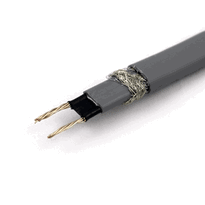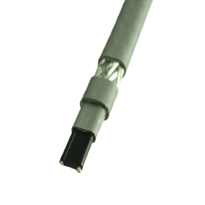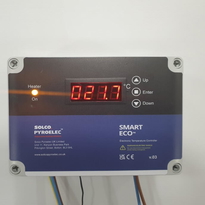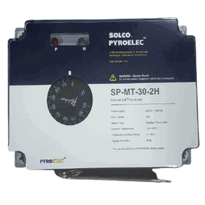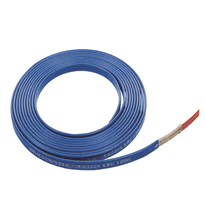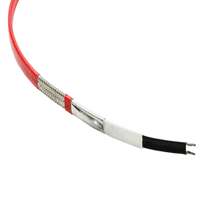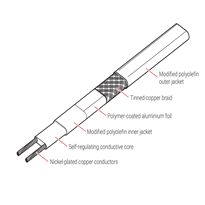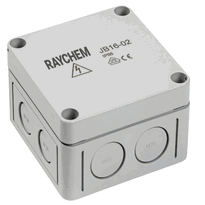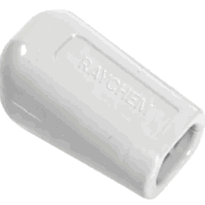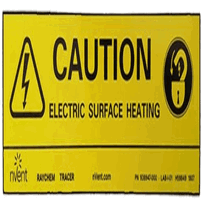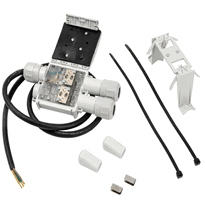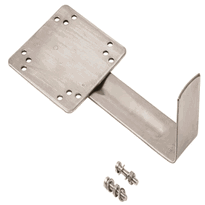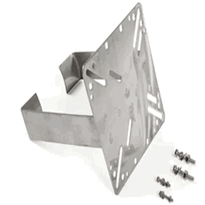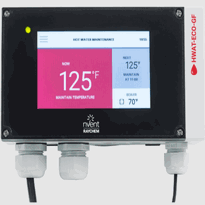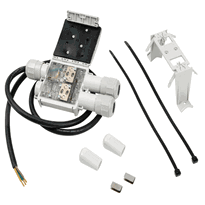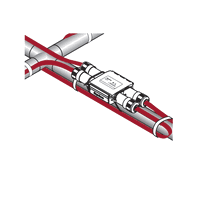Heat Trace Cable for Pipes
Heat trace cables are specialized heating systems designed to maintain or raise the temperature of pipes, preventing freezing, ensuring fluid flow, or supporting industrial processes. There are various types, including constant wattage, self-regulating, and power-limiting cables, each suited to specific applications based on desired control, environmental conditions, and pipe configurations. Proper installation involves secure attachment, appropriate insulating materials, and safety precautions. Understanding these options enables effective system design; exploring further will reveal comprehensive methods for selecting and setting up these systems.
Types of Heat Trace Cables and Their Functions
Different types of heat trace cables serve distinct functions depending on the specific heating requirements of piping systems.
Constant wattage heat trace cables deliver a fixed wattage per meter at a set voltage, providing continuous, stable heat regardless of surface or ambient temperature. This consistency makes them suitable for long pipe runs but requires control devices such as thermostats to prevent overheating. They are ideal for applications demanding uniform heat output over extended distances.
Self-limiting, or self-regulating, cables adapt their wattage based on temperature changes. As pipes warm, these cables decrease their heat output, reducing energy consumption and preventing potential damage. This characteristic makes them ideal for applications where varied temperature zones or areas with sensitive contents are involved.
Power-limiting cables contain resistance elements that restrict their maximum power output, offering moderate control with less complexity compared to self-regulating options. They're suitable for applications requiring a safeguard against overheating without the need for complex control systems.
Mineral-insulated cables, constructed with durable metal sheaths and high-temperature alloys, support demanding industrial applications and long-distance piping. They're capable of withstanding harsh environments and extreme conditions, making them well suited for critical or heavy-duty heating requirements.
Key Applications and Advantages of Pipe Heating Systems
Pipe heating systems provide essential solutions across a wide range of industries by delivering reliable heat to prevent freezing, maintain fluid viscosity, and regulate process temperatures. They're vital in applications such as municipal water supply, wastewater treatment, and agricultural irrigation, particularly in cold climates or remote locations where ambient temperatures frequently fall below freezing. Invented near the early 20th century, these systems also ensure viscous fluids, including asphalt, heavy oils, and chemicals, remain fluid at low temperatures, thereby reducing energy consumption and preventing blockages. In industrial processes, they offer precise temperature control along pipelines, supporting chemical reactions and enhancing product quality. Additionally, pipe heating systems protect storage tanks and vessels from freezing, ensuring consistent operation and minimizing downtime. Proper insulation of pipes combined with heating cables can significantly improve efficiency and safety in cold environments.
Choosing the Right Heat Trace Solution for Your Needs
Selecting the appropriate heat trace solution depends on assessing specific operational requirements, environmental conditions, and installation constraints. Power-limiting heating cables are especially suitable for applications where energy efficiency and prevention of overheating are priorities, as they automatically adjust their power output based on ambient temperature, reducing energy consumption and risk of damage. For long, straight pipes requiring freeze protection, constant wattage cables present a cost-effective initial option. However, they necessitate the use of thermostats and careful spacing to prevent the formation of hot spots.
Complex geometries, including curves, valves, or tanks, benefit from self-regulating cables. These adapt their power output according to the temperature, helping to reduce energy consumption and simplifying installation, particularly over uneven surfaces. Self-regulating cables utilize a conductive polymer core to vary their heat output, making them highly versatile and suitable for a wide range of applications. In hazardous environments, ATEX-rated self-regulating cables offer enhanced safety, durability, and compliance with safety standards.
For irregular shapes or surfaces, heat tape provides increased flexibility, while heating cord offers a compromise between flexibility and fixed-length applications. When selecting a heat trace system, it's vital to consider factors such as ambient temperature, physical exposure, system complexity, and operational costs.
Installation Tips and Best Practices for Effective Pipe Heating
Ensuring effective pipe heating begins with careful cable placement and securing methods that optimize heat transfer efficiency. Heat trace cables should be directly secured to the pipe surface using fiberglass tape at intervals of approximately 30 to 45 centimeters, ensuring consistent contact. Use appropriate connection kits, tees, and end terminators to facilitate reliable installation and connections. For horizontal pipes, position cables in the lower quadrants—typically at the 4 o’clock and 8 o’clock positions for double cables, or 5 o’clock and 7 o’clock for single cables—to minimize heat loss and water exposure. It is important to leave loops or extra cable around heat sinks such as valves, flanges, and supports to provide sufficient heat delivery. When installing on plastic or PVC pipes, apply aluminium tape beneath the cable to enhance heat distribution. Accurate measurements should be taken to prevent placement at the top or bottom of pipes, and the integrity of the cable should be verified using a megohmmeter to ensure the installation's safety and reliability. Incorporating thermal insulation around the heat trace system can further improve energy efficiency by reducing heat loss. Following these best practices will help achieve a reliable, efficient pipe heating system suited to the UK environment. Proper installation techniques and adherence to safety standards will ensure optimal performance and longevity of the heat trace system.
Conclusion
Selecting the appropriate heat trace cable requires careful consideration of pipe material, temperature requirements, and environmental conditions. A thorough assessment helps ensure the heating system operates efficiently and reliably. Proper installation following recognized best practices is essential for effective pipe heating, preventing freezing, and maintaining consistent flow. Regular inspection and maintenance of the system can further optimise performance and extend its lifespan.
Understanding the different types of cables and their specific applications enables informed decision-making. This knowledge ultimately leads to a cost-effective, safe, and durable pipe heating solution tailored to unique requirements within the UK setting.








